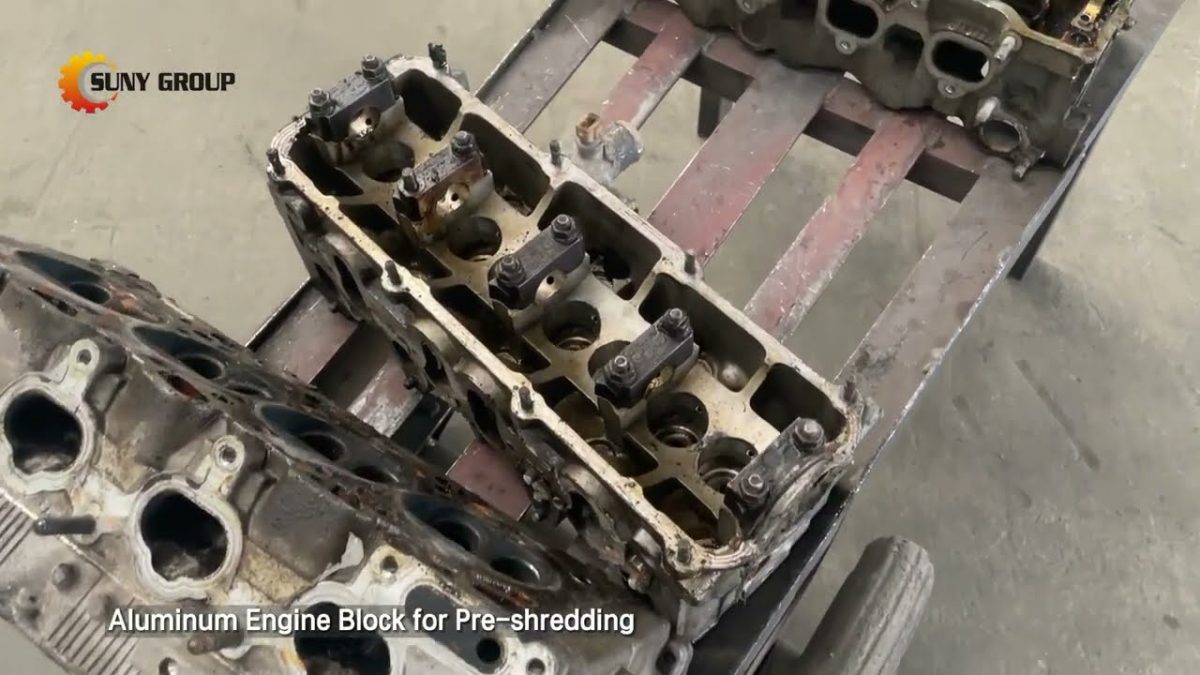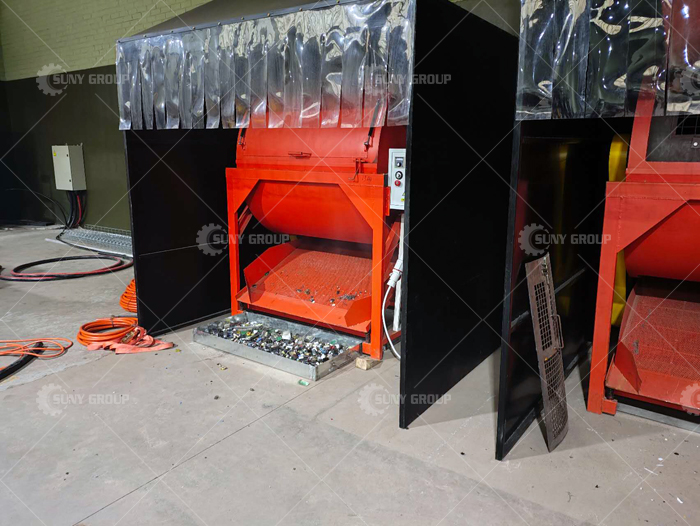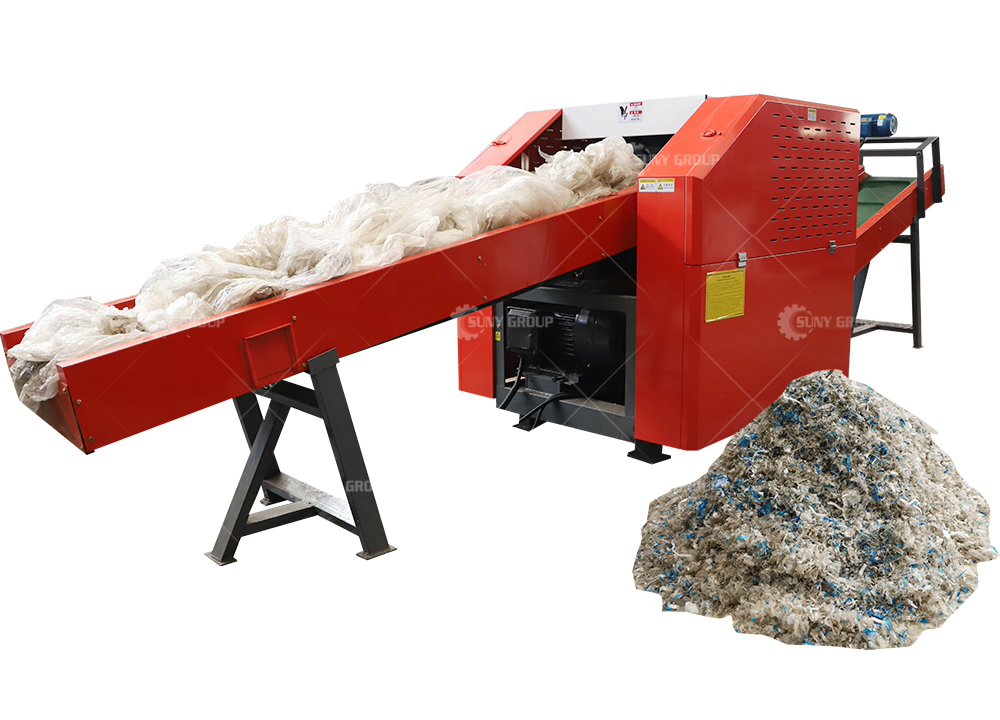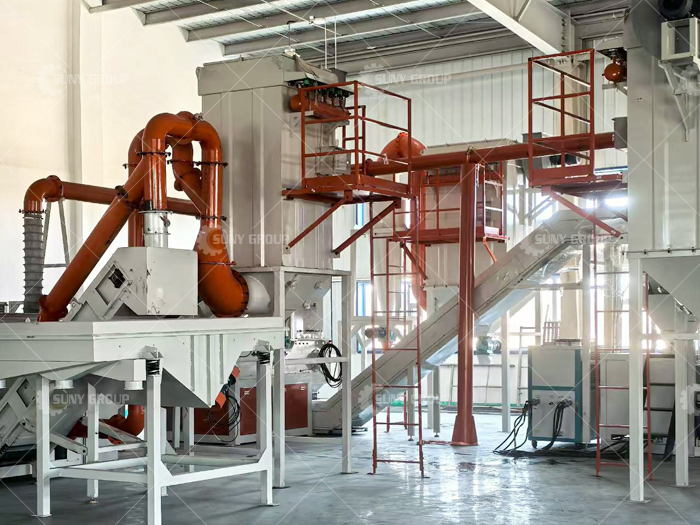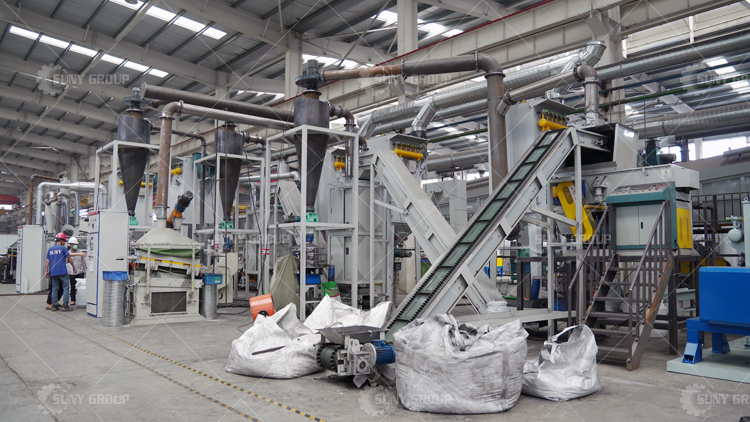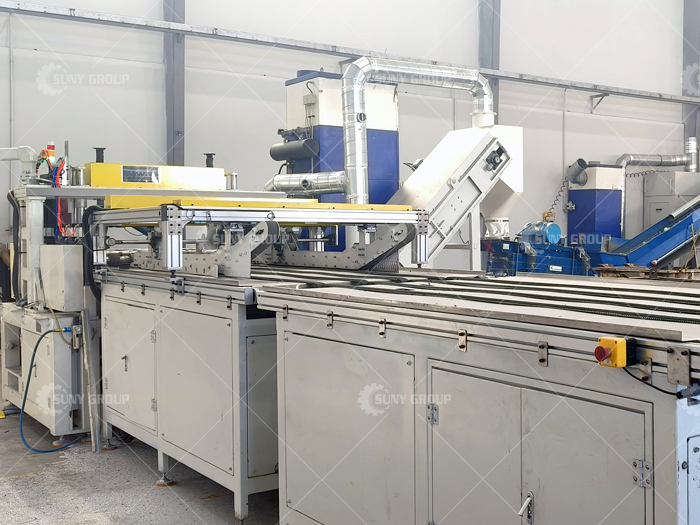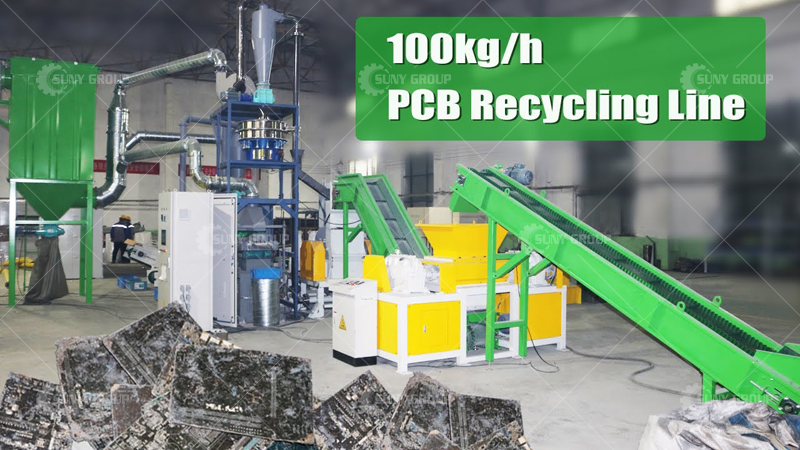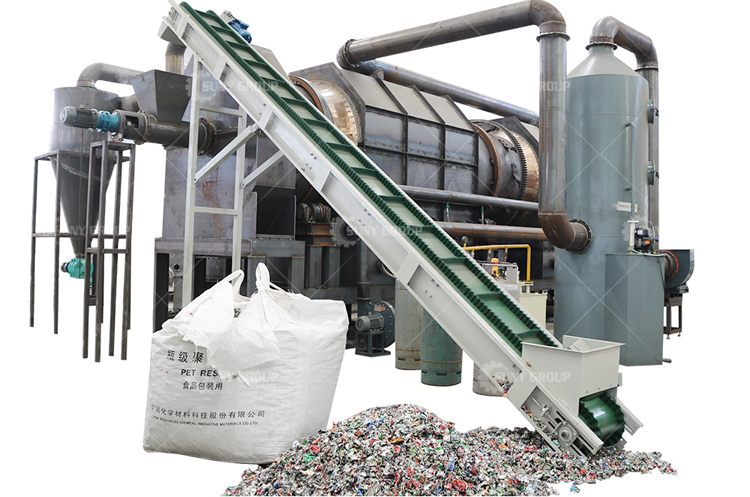Aluminum engine blocks are widely used due to their lightweight and excellent heat dissipation properties. However, with the increasing number of scrapped vehicles, the disposal of used engine blocks has become a challenge. We have developed aluminum engine block crushing and recycling equipment that uses automated processes to achieve efficient, safe, and environmentally friendly recycling, bringing higher profits and resource utilization to businesses.
This type of equipment typically consists of a heavy-duty crusher, a sorting system, and a dust removal device. First, the crusher’s powerful shearing and impact force rapidly pulverize the used engine blocks into small particles suitable for sorting. Subsequently, magnetic separation and eddy current separation technologies precisely separate aluminum, iron, and other metals, enabling the recycling of different materials. The entire process not only maximizes the purity and recovery rate of the aluminum but also significantly reduces metal waste during manual disassembly.
Furthermore, the aluminum engine block crushing and recycling equipment offers advantages such as high automation, simple operation, and low maintenance costs. Operators can easily master the process with minimal training, significantly reducing the reliance on skilled labor. This is undoubtedly an ideal investment for companies looking to reduce costs while increasing production capacity.
Aluminum engine block crushing and recycling equipment not only solves the problem of waste engine disposal but also plays a significant role in improving resource utilization, reducing business operating costs, and improving the environment. If you are interested or have further questions, please feel free to contact us.




